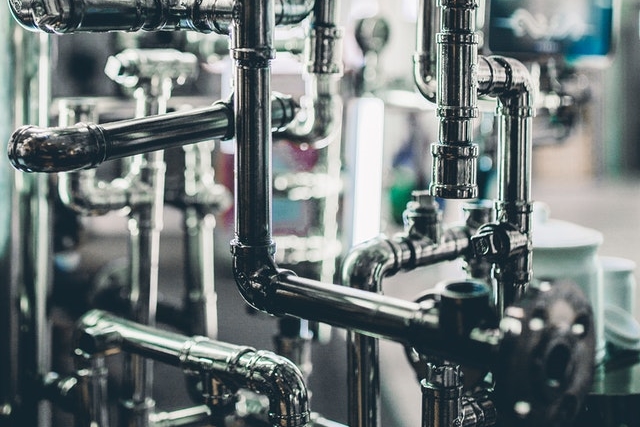– Contributed content –
16 May 2020. O-rings are the best solution for effectively filling a gap between two pieces of metal to stop liquid or gas from leaking out. They are a cheap method that is reliable for years to come. When it comes to o-rings, they are often available in many different sizes, so you will need to use an O-Ring Gland Calculator that will help with this.
The other factor you will need to consider is which material to use. There are many material guides online that can give you the information you need to allow you to choose the right material. Fluorocarbon is a great option. With this guide, you will know everything about it to see why it will be suitable for your current project.
The best projects for fluorocarbon
Fluorocarbons are known by three trade names Viton (DuPont Performance Elastomers), Fluorel (3M Company), and Technoflon (Solvay Solexis, USA). The standard color for an o-ring is black, as this will often suit every project.
If you are undertaking any projects such as aircraft engines, automatic fuel handling systems, high temperature/low compression set applications, and extensive chemical exposure situations and hard vacuum services, then using F fluorocarbon may be the material for you.
Temperature resistances for fluorocarbon
Fluorocarbon-based compounds are the most universal o-ring material for all kinds of projects. They combine high-temperature resistance with incredible chemical resistance. With standard temperatures ranging from minus thirteen degrees to plus four hundred and forty-six degrees Fahrenheit. A special compound ranges from minus forty degrees to plus four hundred and forty-six degrees Fahrenheit.
Fluorocarbon grades
The higher fluorine grades allow a higher resistance to expanding in higher octane and oxygenated fuel blends to give superior performance in Ethanol or methanol blended gasoline.
Base resistant grades are more of improved resistance to amine based oil protectants. These develop resistance to steam to higher temperatures. In contrast, lower temperatures can enhance performance to minus forty degrees Fahrenheit.
If you are after chemical resistance and lower temperature performance, then new Polymers could be a better option.
Finally, Viton Extreme ETP offers similar chemical compatibility as the Kalrez. The temperature performance TR(ten) of minus forty degrees Fahrenheit and brittleness to minus seventy-six degrees.
Limitations of fluorocarbons
It is advisable to avoid exposure to ketones, amines, low molecular weight esters and ethers, nitro hydrocarbons, hot hydrofluoric or chlorosulfonic acids, or Skydrol fluid projects that require excellent little temperature flexibility. These are not recommended to expose to one another.
Hopefully, with this guide, you will have more of a background of what fluorocarbon is like and the key factors vital to ensuring gaps within a project are filled to avoid any leakages. With a breakdown of gradings, you should be able to select the ones for you. Otherwise, there are many material guides online to help with this. If you are undertaking projects such as aircraft engines or automatic fuel handling systems. Using a fluorocarbon o-ring could be the best solution for you as they are incredibly reliable and a quick, cheap solution.
Editor’s note: The opinions in this post are the contributor’s and not those of Science & Enterprise.
* * *


 RSS - Posts
RSS - Posts
You must be logged in to post a comment.